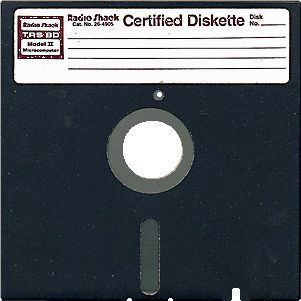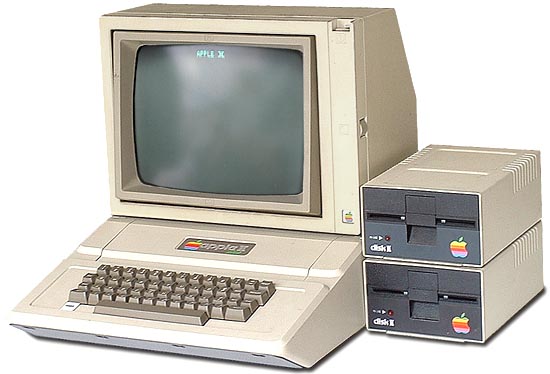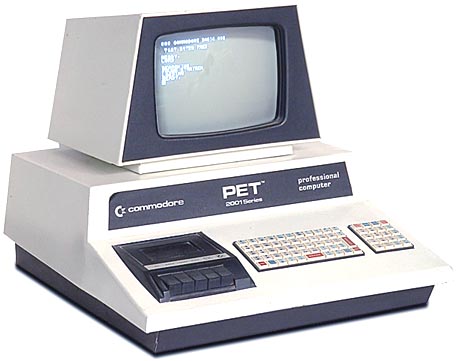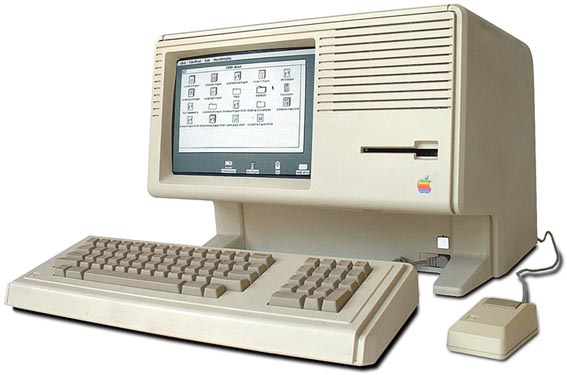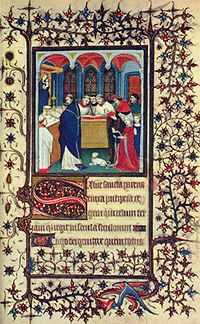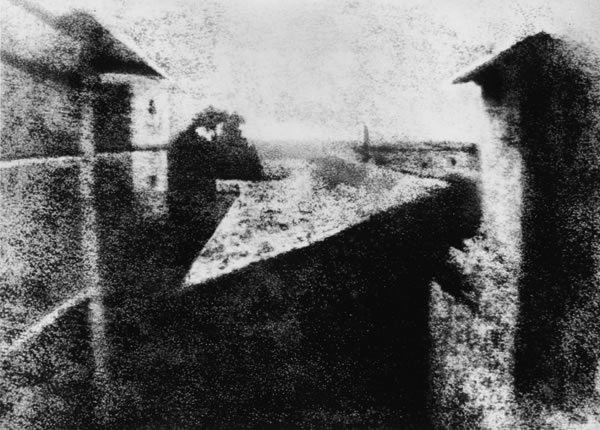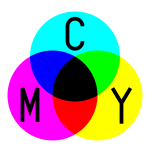Research:
Infographics are graphic visual representation of information, data, or knowledge. They present complex information quickly and clearly. They also illustrate information that would be unwieldy in text form, and act as a visual shorthand. Some examples include: weather forecasts, maps, charts, diagrams, maps, tables, lists, and timelines. History information of computers and writing is on different posts on the blog.
Infographics are graphic visual representation of information, data, or knowledge. They present complex information quickly and clearly. They also illustrate information that would be unwieldy in text form, and act as a visual shorthand. Some examples include: weather forecasts, maps, charts, diagrams, maps, tables, lists, and timelines. History information of computers and writing is on different posts on the blog.
Inspiration:
interesting
interesting
eye catching
attention grabbing
colorful
neat
Brainstorming:
-What kind of message am I trying to communicate? I'm informing them about the history of visual communications.
-Who is my audience? All people, all ages
-What am I trying to tell the audience? The history of visual communications.
-What kind of visuals will work for this audience? Colorful, neat
I am going to make the background a red movie curtain and film winding across the page. I will put each important date in each block of the movie film.
Inspiration Pieces:
-What am I trying to tell the audience? The history of visual communications.
-What kind of visuals will work for this audience? Colorful, neat
I am going to make the background a red movie curtain and film winding across the page. I will put each important date in each block of the movie film.
Inspiration Pieces:
 |
| I like the use of color and how it makes up a picture. |
 |
| I like how the page is setup like statistics and information for a baseball team and then the history comes along with it. |
 |
| I like how it is neat and messy at the same time. |




